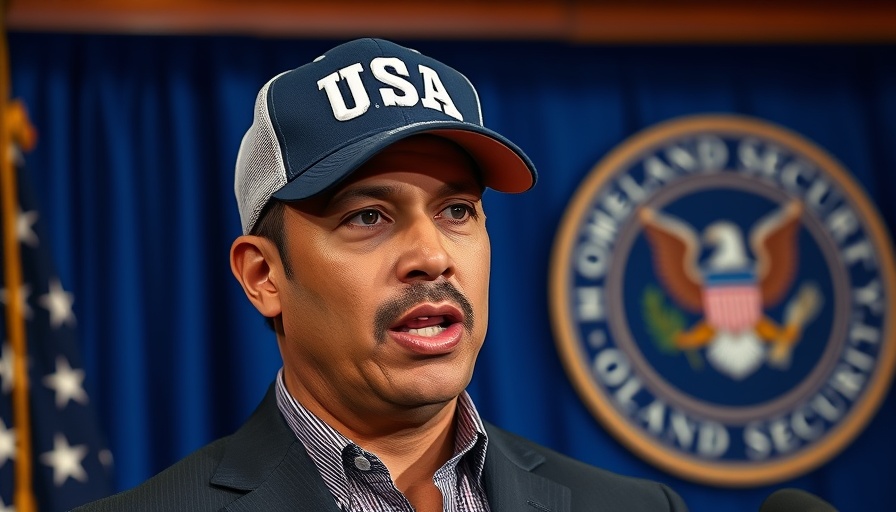
Trump's Disaster Response: A Closer Look
In a striking example of political contradictions, President Donald Trump recently announced plans to phase out the Federal Emergency Management Agency (FEMA), only to launch a significant federal response to the severe floods affecting Texas. Just days after proposing to reduce FEMA's role in disaster responses, he signed a major disaster declaration to assist the state of Texas. This situation raises critical questions about the future of FEMA and the implications for disaster management.
Understanding FEMA's Role
FEMA has been at the forefront of disaster recovery efforts in the United States, providing resources and coordination to assist states during crises. The swift approval of federal assistance for Texas exemplifies FEMA's necessity during challenging times. As former officials argue, dismantling FEMA could lead to severe drawbacks for states unprepared to manage the complexities of disaster responses alone.
The State Block Grant Controversy
Trump's administration claims that the rapid deployment of funds to Texas aligns with his vision of a state-led disaster response, using models like the proposed state block grants. However, critics highlight that FEMA's fundamental role in disbursing funds serves as a backbone for local governments during disasters. The fear remains: how can states manage effectively without FEMA? The imminent threat of disasters raises doubts about whether the federal support could be genuinely replaced.
Future Predictions: What Lies Ahead?
As climate change continues to increase the frequency of natural disasters, the question looms: can states effectively manage disaster responses without a robust federal agency like FEMA? The lessons learned from Texas may lead to significant policy shifts in federal disaster response strategies, emphasizing a potential need to strengthen FEMA rather than phase it out. The recovery efforts could reshape the future landscape of crisis management across the nation.
Final Thoughts: Why Knowing This Matters
For business professionals and local stakeholders, understanding the evolving role of FEMA is critical. The fluctuations in disaster policy could affect business continuity, insurance rates, and regional economic stability. Keeping abreast of these developments can prepare businesses to better navigate the uncertain waters ahead, especially in areas prone to natural disasters.
In light of these events, it is essential for business leaders in affected regions to engage in proactive disaster preparedness strategies and advocate for a strong federal emergency management framework that can adapt to changing climate realities.
 Add Row
Add Row  Add
Add 



Write A Comment